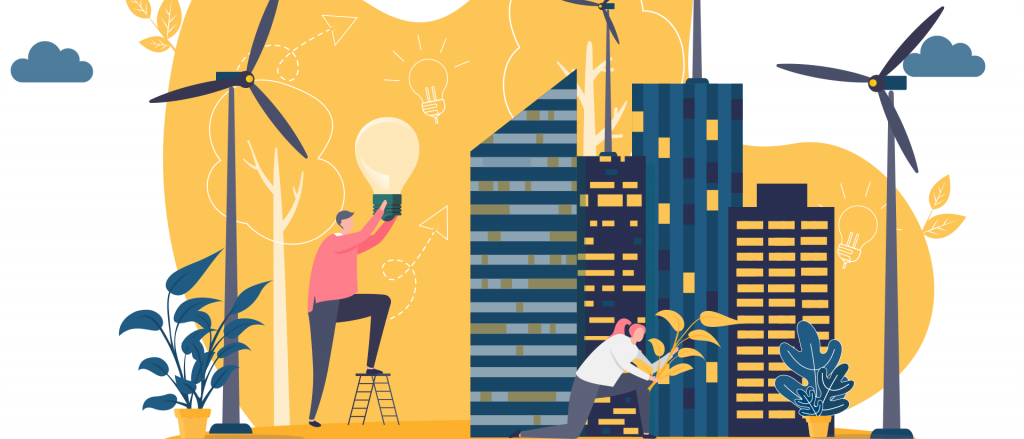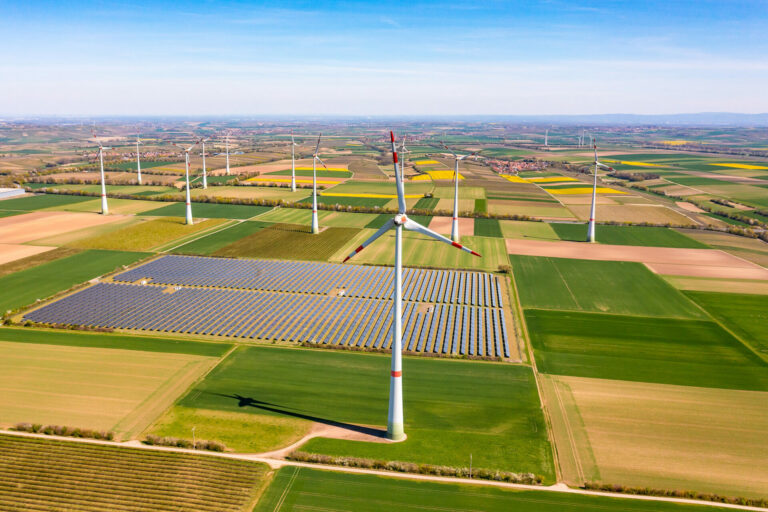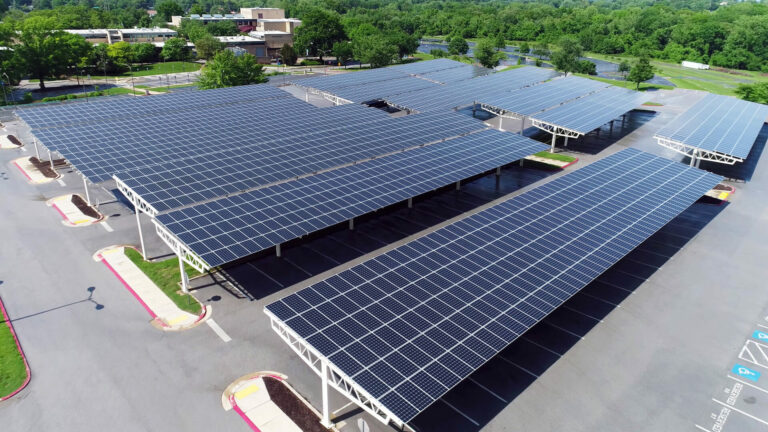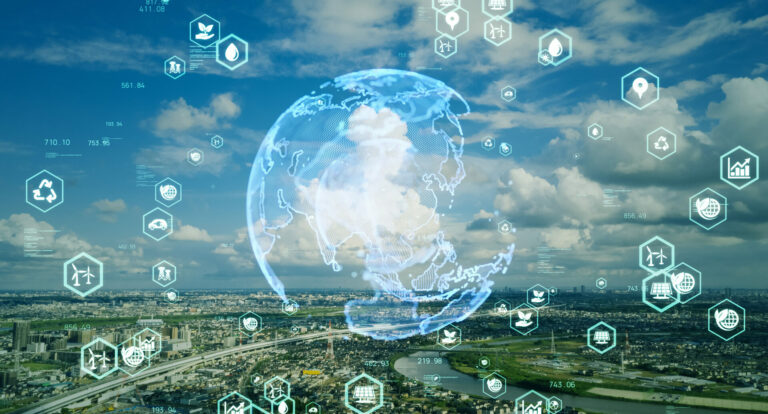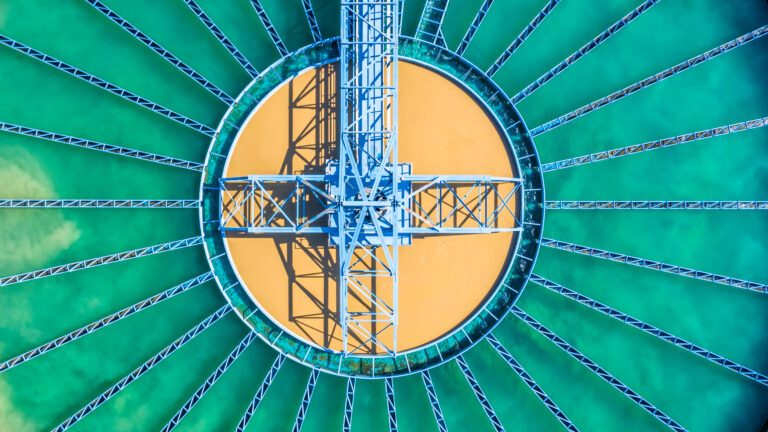While nations are at various stages of what is evidently a non-linear and inequitable recovery, the trajectory is finally, moving forward. After eighteen exhausting months, the world is attempting to piece itself back together and, in many cases, it will look vastly different to the way it was before. Facets of everyday life that were taken for granted are now being questioned. What is now safe? Is this sustainable? What are the risks involved? The world is beginning to wake up to the realization that change is needed, regardless of what had come before, or how long for that matter. However, sometimes in a period of flux, change can occur just for the sake of it. Industries throughout the world need to be mindful that knee jerk reactions can cause even more difficulties and, despite the current context, trends still need to be viewed with a macro lens. Construction is no different.
“According to the United Nations, two thirds of the world’s inhabitants will live in urban areas by 2050.”
According to the United Nations, two thirds of the world’s inhabitants will live in urban areas by 2050. This data is not pandemic related but similarly, in the long term, is it unlikely to change with the new advent of blended working. Brand new and historical cities need to grow, upwards and outwards, to accommodate population growth. While it is certainly cause for alarm, in many ways, it makes sense. Cities provide the highest level of infrastructure, salary rates, housing and culture. In an over-simplified world, cities offer quicker access to the things that make our lives easier. This influx of people, however, is already proving to be a huge concern. One key challenge is that our cities simply cannot cope with this growth, either literally or sustainably, in their current state. On a basic level, most cities simply do not have the infrastructure needed to manage this increase. Furthermore, in environmental terms, cities currently account for over 70% of all CO2 emissions with lighting alone accounting for almost twenty percent of the world’s energy consumption. While there are plans, such as the Green New Deal, being proposed that may assist with the lowering of carbon emissions from our cities, the sheer number of inhabitants and the demands that they inevitably make on infrastructure make these goals seem unachievable.

These concerns have led to the emergence of Smart Cities. Singapore, New York City, London, Helsinki; all are changing as they grow with their inhabitants, and all are Smart Cities. The term itself may conjure up images of futuristic technology and science fiction. However, the reality, while being no less innovative and exciting, is a little more grounded in current tools. According to Frost and Sullivan, a research company with over sixty years’ experience, a Smart City is defined as being one which “has an active plan and projects in at least five of the eight functional areas of Energy, Buildings, Mobility, Technology, Infrastructure, Healthcare, Governance, and Citizens.” In effect, the Smart City is one that offers interconnected infrastructure and governance through a series of technologically linked devices and resources.
Hudson Yards in NYC is one pioneering example of the Smart City, an area that uses sensors and ICT to efficiently run various aspects of the space such as traffic and transport, waste management, crime detection and water supply. It is this interconnected nature that opens Smart Cities up to the possibility of accessing real-time data to improve the daily lives of its inhabitants. Further examples of the sustainability benefits that these cities can offer are now becoming evident. San Diego, for instance, saves $250,000 dollars per year by using adaptive smart lights that only illuminate when a vehicle approaches while Philadelphia saves $1m per year by using solar-powered trash bins, which automatically compacts the trash inside and allow five times more waste to be stored inside.
“San Diego, for instance, saves $250,000 dollars per year by using adaptive smart lights that only illuminate when a vehicle approaches.”
These headline stealing innovations can be misleading however. The implication of a plugged-in network lends itself to questions relating to civil liberties and security. In actual fact, Smart Cities are better considered as areas that utilize current innovation to maximize productivity and sustainability on a large scale. Simply put, it is digital infrastructure and each building, each person, can contribute to the Smart City in an independent way. Currently, many cities around the world incorporate much of the Smart City framework. By using renewable energy, smart meters, grids and low-emission mobility, these areas are already taking steps towards reaching the ‘five functional areas’ as set out by Frost and Sullivan.
With this in mind, it is interesting to see where the construction industry fits into this model. Clearly, there is scope for future infrastructure to be planned and built using smart products. However, given that the Smart City market is expected to reach a value of $1.56 TN by 2025, it is evident that the opportunities will be much wider and far-reaching. One area that is likely to offer enormous potential for construction growth is that of Smart Buildings, with a specific focus on offices and workspaces in general.
While in some instances, such as Hudson Yards, smart and green meters can be incorporated at design stage, many existing cities around the world do not have that luxury. With populations creeping up and infrastructure creaking under the weight, the onus is on them to lower emissions and incorporate smart methodologies immediately. According to Melissa Baker, Senior Vice President at the USGBC, cities need to start collecting data in order to make these changes. “One of the big pieces is to set yourself up to collect data and understand how your building is performing. So where are you? What is your energy use? What are your sources of energy that are coming into the building? So really, how do you set yourself up to collect data for human experience; energy, water, waste, and also transportation to keep people connected? How do they get to the building? All of that great data collection and information can set you up to then say, okay, where should I invest my strategy, where should I invest my capital improvement dollars to have a better building?”
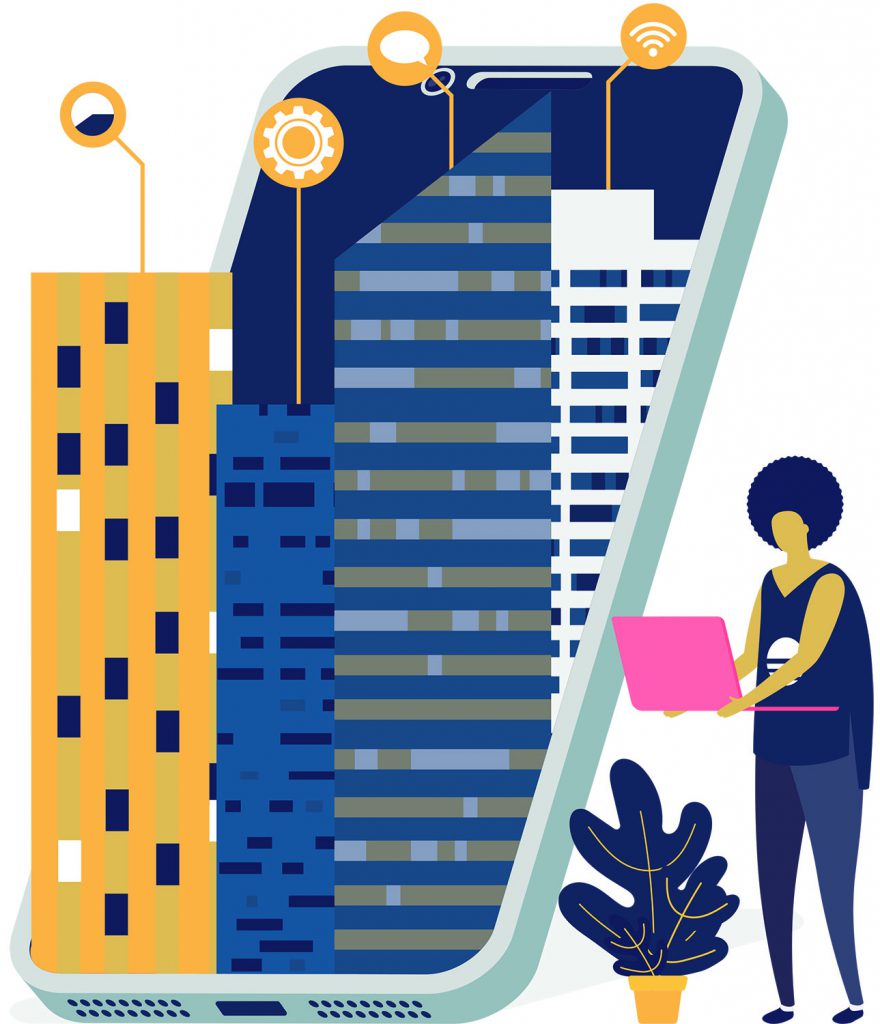
Recent reports show that Europe and Asia are ahead of the US in terms of rolling out and prioritizing Smart Cities. So, given that there is now a potential for large investment with plans already underway under the current administration, how does the United States ensure that its cities will be able to cope with the increased demand for municipal water, clean air, and efficient transport long into the future? Unsurprisingly, it seems as though tech companies are leading the way. San Jose, CA, has teamed up with Intel to work on a collaborative public-private project called Smart Cities USA. This initiative will utilize Intel’s Internet of Things (IoT) Smart City Demonstration Platform to drive economic growth, create 25,000 CleanTech jobs and encourage environmental sustainability in the locality with the overall goal of improving the quality of life for the city’s inhabitants. According to SmartAmerica, the project will work by “installing a network of Air Quality, Sound & MicroClimate Sensors, Intel and San Jose are creating a “sustainability lens” for the City. The “sustainability lens” uses IoT technology to measure characteristics such as particulates in the air, noise pollution, and traffic flow. City Management will use this information to drive improvements in air quality, noise, transportation efficiency, environmental sustainability, health, and energy efficiency.”
Given the traumatic world events of the past eighteen months, it could seem as though irreparable damage has been done to our communities and our cities. Population growth, coupled with unsustainable practices is leaving our world teetering on the brink. However, despite this, there is hope. Innovative technology has the capability to turn cities into efficient working places where humans can thrive and grow. The best part of the Smart City movement is that this isn’t the future, it is now.









